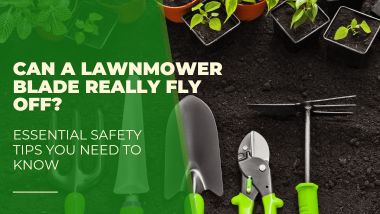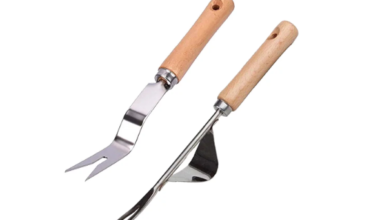When maintaining your lawn, safety should always be a top priority. One question that often arises is: Can a lawnmower blade really fly off? The short answer is yes, it can but there is more you need to know.
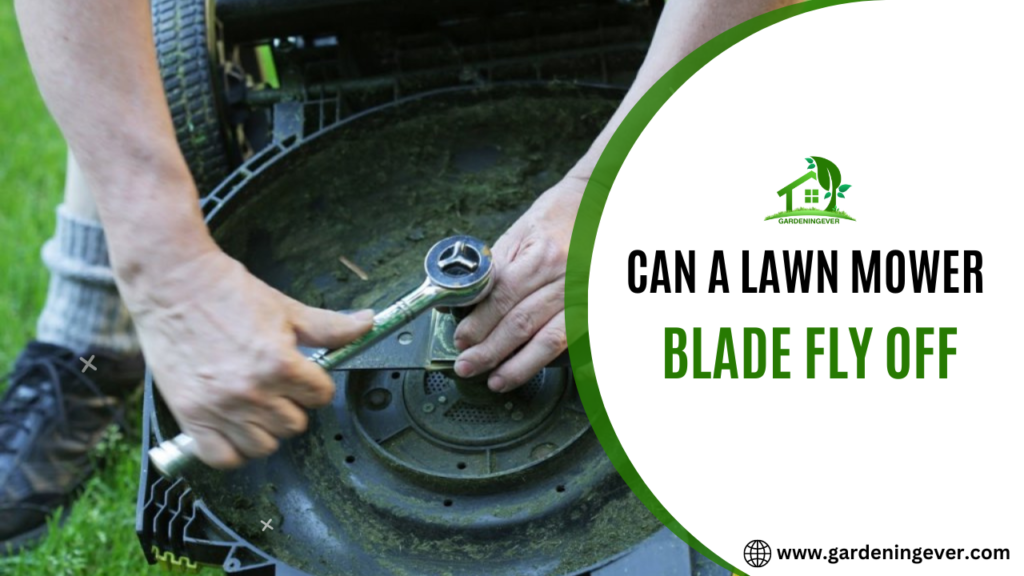
Although it’s a rare occurrence, improper maintenance, incorrect blade installation, or damage can cause the blade to come loose and potentially become a dangerous projectile.
Let’s break down how this can happen and the best practices to avoid such a hazard.
Why You Should Care: Can a Lawnmower Blade Really Fly Off?
Lawnmower blades are securely fastened to the mower’s deck, typically with bolts, and should remain in place during operation. However, several factors can cause the blade to fly off:
- Loose or Damaged Bolts: If the bolts that secure the blade become loose or damaged over time, the blade can dislodge and fly off during mowing. Regular wear and tear, or hitting obstacles like rocks or tree roots, can loosen the bolts.
- Incorrect Blade Installation: When replacing or sharpening a lawnmower blade, it’s crucial to reinstall it correctly. Misalignment or improperly torqued bolts can increase the chances of the blade flying off.
- Blade Damage or Cracks: A damaged blade, whether cracked or bent, is more likely to become unstable. The vibrations from the mower’s engine can cause the damaged blade to weaken further and dislodge from its mount.
- Choosing the right mower : using an underpowered mower for tough grass or brush can strain the engine and blades, increasing the risk of them loosening or becoming damaged, so make sure you select the best lawn mower for your yard’s needs.
Why Do Lawnmowers Have Flying Blades?
You may wonder why lawnmowers are designed with flying blades in the first place. The term “flying blades” can refer to the high-speed rotation of blades that can indeed create a risk if they become detached.
Lawnmowers utilize this design to ensure efficient cutting. The blade’s speed helps to chop and mulch grass, resulting in a cleaner cut. However, this also means that if something goes wrong, the consequences can be severe.
Blade Rotation Dynamics: When lawnmowers are in operation, the blades rotate at incredibly high speeds. This is necessary for cutting grass effectively. However, if a blade were to come loose, the force of its rotation could turn it into a dangerous projectile.
Safety Precautions to Prevent a Blade from Flying Off
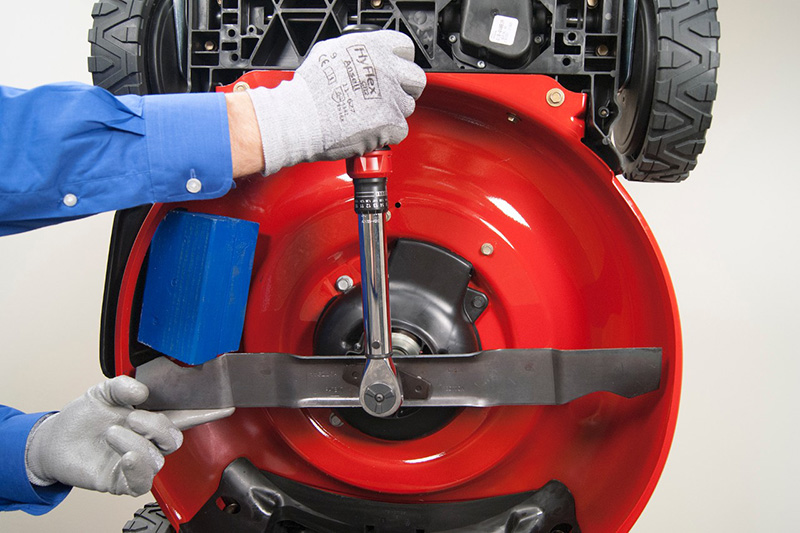
While the thought of a flying lawnmower blade can be scary, it’s easily preventable with proper care and maintenance. Here’s how you can protect yourself:
- Check Bolts Regularly: Before every mow, check the bolts securing the blade. Ensure they are tightly fastened and free of wear or damage. If the bolts show signs of rust or damage, replace them immediately.
- Use the Correct Tools for Blade Maintenance: If you need to remove the blade for sharpening or replacement, always use the appropriate wrench and torque the bolts to the manufacturer’s specifications. Under-tightening or over-tightening can both cause issues.
- Inspect the Blade for Damage: Regularly inspect the blade for cracks, bends, or excessive wear. If you notice any issues, replace the blade right away.
- Follow the Manufacturer’s Instructions: Always refer to the lawnmower’s user manual for proper blade installation, maintenance, and recommended torque settings for bolts.
- Don’t Overwork Your Mower: Avoid using your mower on overgrown grass or rough terrain that could damage the blade or put undue stress on the equipment. For more detailed safety guidelines, refer to these 9 Essential Lawn Mower Safety Tips.
What to Do if a Blade Flies Off
In the rare event that a lawnmower blade flies off during operation, immediately shut off the mower and move away from the machine. Inspect the surrounding area to ensure no one was hurt. Once the mower has completely stopped, check the damage to the machine and blade assembly.
Emergency Response
If someone is injured, seek medical attention immediately. It’s crucial to remain calm and ensure everyone is safe. After ensuring safety, document the incident and assess any damage to the mower itself.
Additional Safety Measures
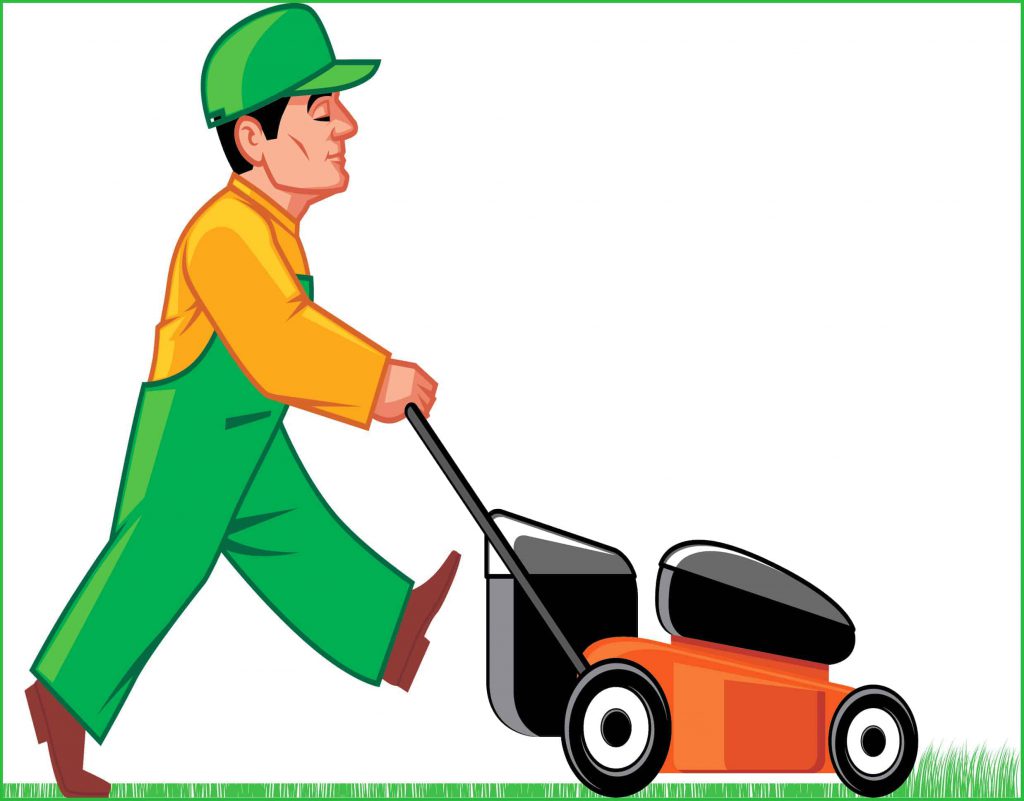
Beyond regular maintenance and checks, consider implementing the following additional safety measures:
- Wear Protective Gear: Always wear appropriate safety gear, such as goggles, gloves, and sturdy footwear, when operating a lawnmower. This can protect you from debris and reduce the risk of injury.
- Avoid Distractions: Stay focused while mowing. Avoid talking on your phone or allowing others to distract you while operating heavy machinery.
- Keep Children and Pets Away: Ensure that children and pets are a safe distance away from the mowing area. The noise and movement of the mower can startle them, potentially leading to accidents.
- Use a Safety Guard: Many lawnmowers come with safety guards that can help prevent debris from flying out during operation. Always ensure these guards are in place before use.
- Familiarize Yourself with the Equipment: Take time to understand how your specific lawnmower functions. Each model may have unique features or safety mechanisms, and knowing your equipment can prevent accidents.
Understanding Lawn Mower Blade Types
To further enhance safety, it’s beneficial to understand the different types of lawnmower blades available:
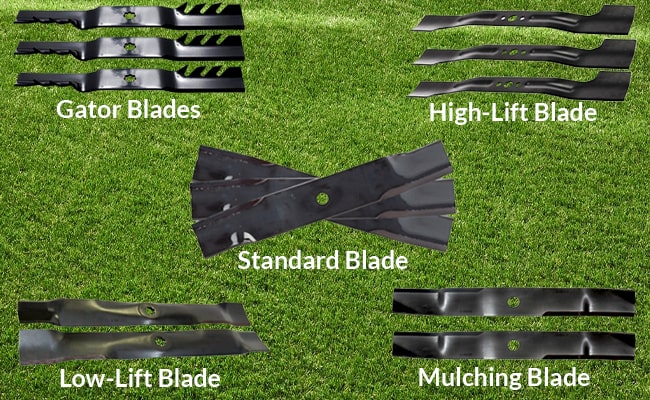
- Standard Blades: These are designed for basic mowing and are common on many residential mowers. They are effective for most grass types.
- Mulching Blades: These blades are designed to cut grass into finer pieces, allowing for easier decomposition. They can help nourish your lawn but may require more frequent sharpening.
- High-Lift Blades: These are designed to lift grass and debris higher for better bagging. They are ideal for those who collect clippings but can be more prone to damage if the mower is used improperly.
- Low-Lift Blades: These blades are suitable for sandy or dry environments where minimal lift is required. They can be less aggressive and may help preserve the mower’s engine.
- Gator Blades: Known for their unique design, these blades are effective at mulching and cutting, making them a popular choice among homeowners.
Common Myths About Lawnmower Safety
Several myths surrounding lawnmower safety can lead to complacency or negligence. Here are a few to be aware of:
- “A dull blade is safe.” Some believe that a dull blade is less likely to cause injury. In reality, a dull blade can lead to uneven cuts, which can stress the mower and increase the risk of parts malfunctioning.
- Only commercial mowers can fly blades off. This myth can lead homeowners to underestimate the risk associated with their residential mowers. Any mower can experience blade detachment if not properly maintained.
- Once installed, the blade doesn’t need checking : Many users often wonder, Can a Lawnmower Blade Really Fly Off? By consistently checking bolts and inspecting blades, you can significantly reduce this risk and ensure safe operation.
Conclusion
While the risk of a lawnmower blade flying off is low, it’s not impossible. By keeping up with regular maintenance, checking bolts and blades before each use, and following safety guidelines, you can reduce the chances of a dangerous accident.
Always prioritize safety, and enjoy the peace of mind that comes with a well-maintained lawnmower. Remember, a little precaution goes a long way in ensuring your lawn mowing experience is safe and enjoyable.
Now that you’ve learned about the potential hazards associated with lawnmower blades and how to prevent them, it’s essential to share this information. Your friends and family might not be aware of the risks, and educating them can contribute to a safer mowing community.
Additionally, if you have any experiences or tips regarding lawnmower safety or maintenance, feel free to share them in the comments!

